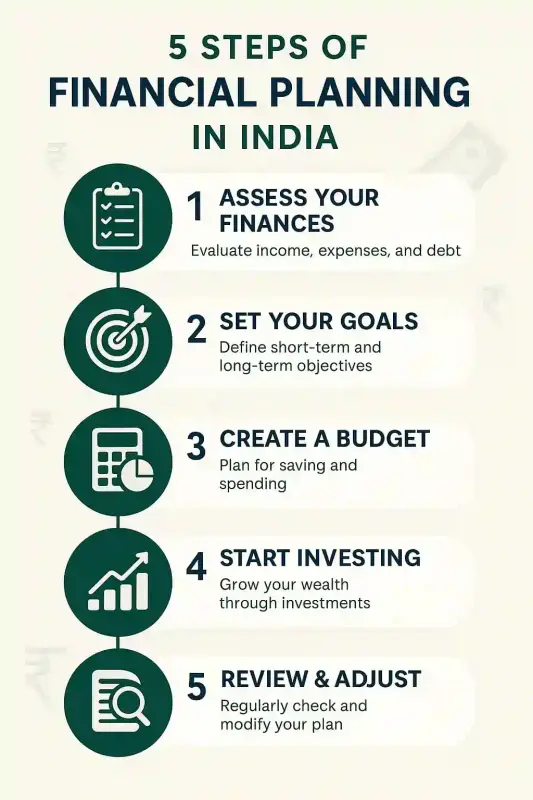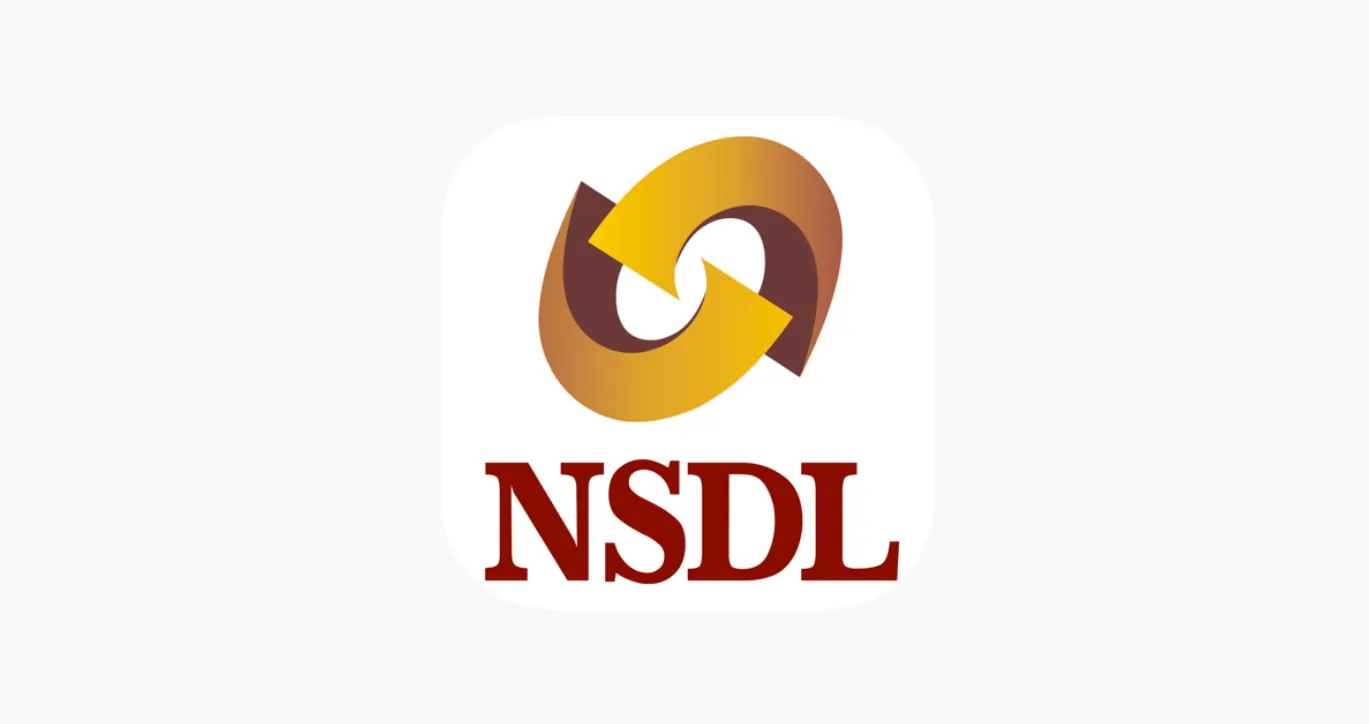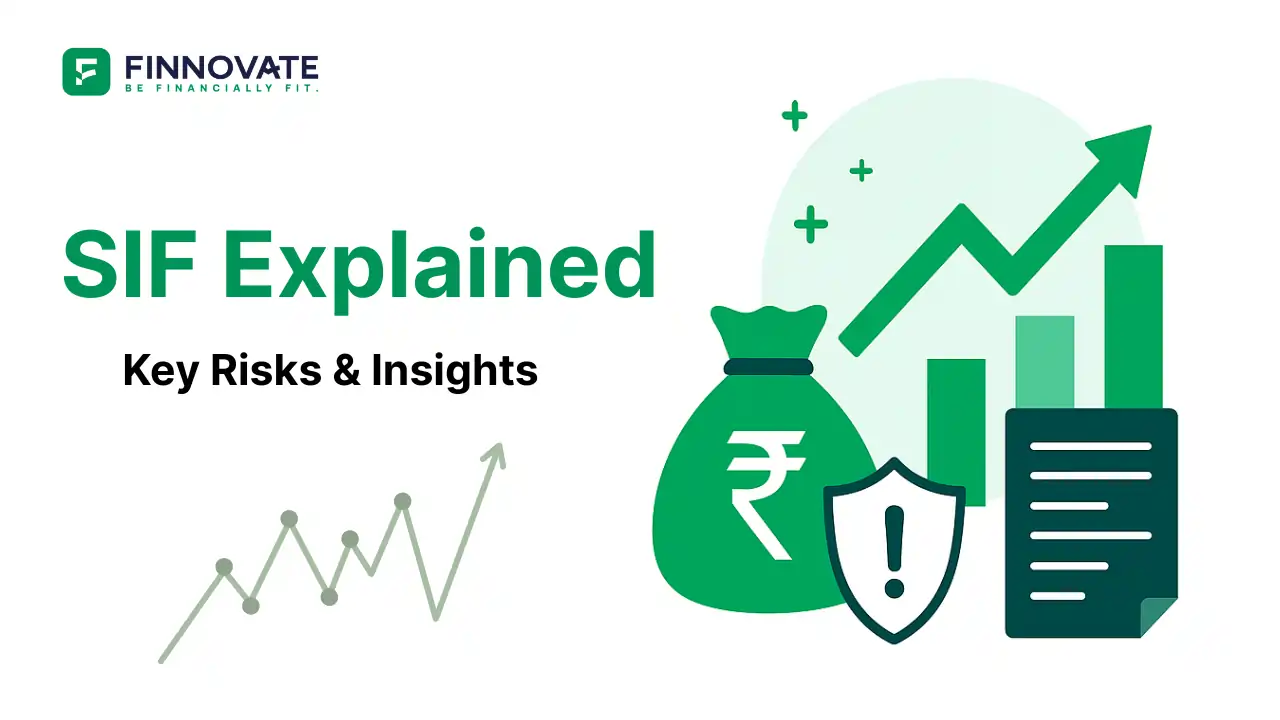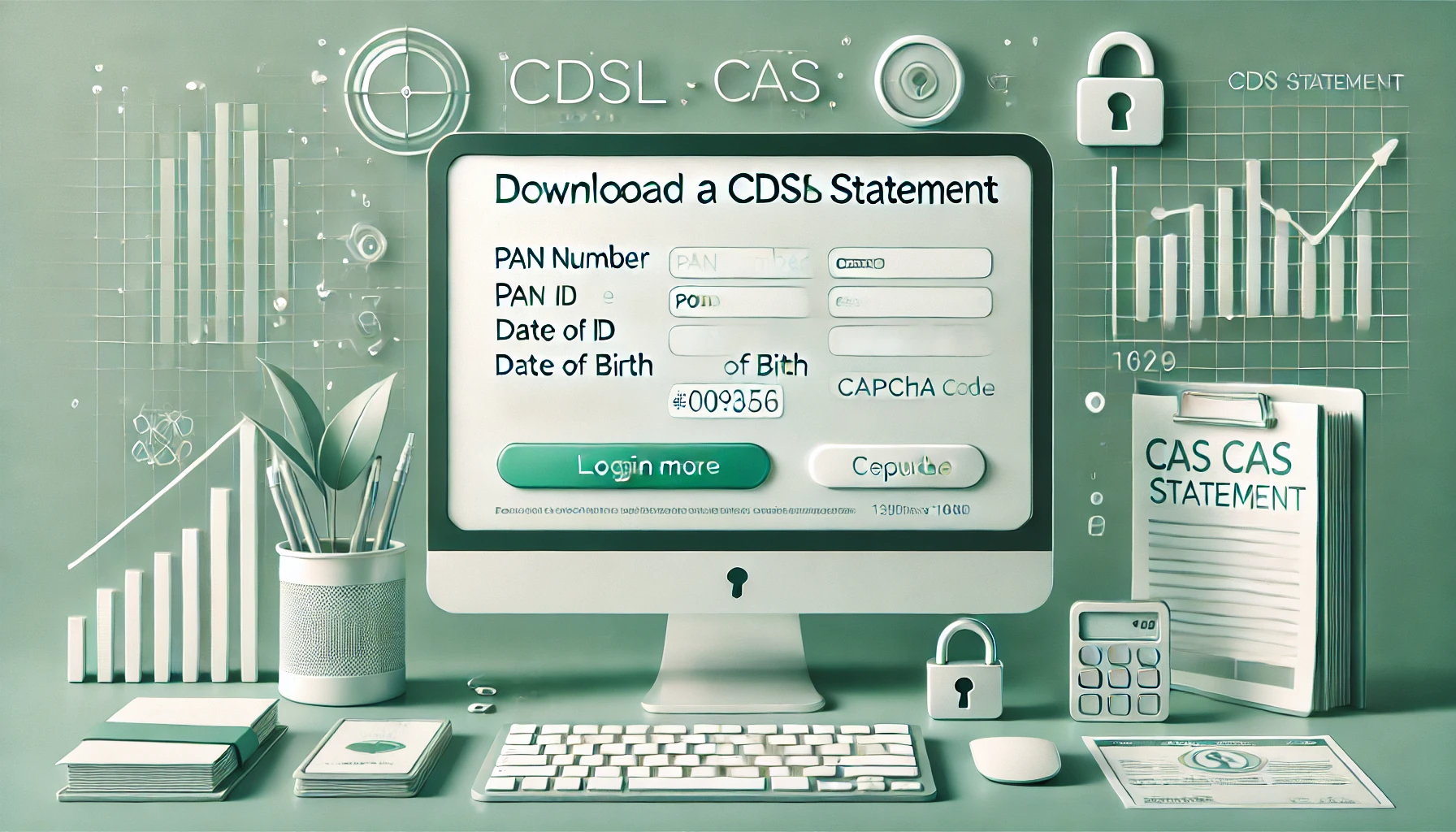
Covered Bonds vs Perpetual vs AT1 Bonds Explained
Covered bonds, perpetual bonds, and AT1 bonds look similar but behave very differently. Le...
Financial planning is more than just investing. It’s about taking a complete look at your income, expenses, savings, loans, and goals - and building a step-by-step plan to reach those goals safely and efficiently.
In simple terms, financial planning meaning = knowing where you are today and where you want to be tomorrow financially, and creating a path to get there. This applies whether you're a young professional, a salaried employee, a business owner, or someone planning for retirement.
It covers:
The world is unpredictable - job changes, health issues, inflation, interest rate swings - all create financial uncertainty. That’s where financial planning helps you stay in control.
Let’s understand the importance of financial planning by looking at how it protects you in real life.
You might be:
Each life stage has new financial demands. Without a plan, it’s easy to feel overwhelmed. But with goal-based financial planning, you can:
This is why financial planning is important for everyone - especially for salaried professionals and middle-class families managing limited resources.
You might be in a tech-driven job where skillsets change fast. Or thinking of a career switch. Or starting a side hustle. These are all great - but risky.
A financial plan creates stability even when income isn’t stable by helping you:
That’s why a good financial planning and analysis process is crucial. It helps you adapt to life’s curveballs.
Whether you want to:
...your plan has to reflect your life, not someone else’s. That’s the beauty of personalized financial planning - no templates, no shortcuts.
This is where financial planning for women and young earners becomes even more important - because their life journeys and financial decisions are often different.
Still wondering why financial planning is important? Here are just a few clear benefits:
| Benefit | What It Means |
|---|---|
| Peace of Mind | You’re not guessing with money - you have a clear roadmap |
| Better Decision Making | Helps you avoid panic investing or emotional spending |
| Goal Achievement | You know how much to save and where to invest |
| Financial Discipline | Encourages consistent habits (SIPs, budgeting, reviews) |
| Risk Protection | Covers insurance, debt risks, and unexpected expenses |
| Tax Efficiency | Avoids overpaying tax with proper planning |
Starting can feel overwhelming. But if you follow these simple steps in financial planning, it becomes easy and practical:

Make a list these points in a sheet:
This will be your personal financial balance sheet. Use it to understand where your money is going and what can be improved.
Break goals into:
Assign a cost and timeline to each. This is the heart of goal-based financial planning.
Use the 50-30-20 rule as a starting point:
This is where financial planning and budgeting come together.
Based on your goals and risk appetite, diversify into:
If you're unsure, starting with Mutual Fund SIPs is a smart move. This is especially relevant for financial planning for salaried employees.
DIY is good, but complex situations call for expert help. A planner helps you:
Several elements influence your financial plan’s success:
| Factor | How It Affects You |
|---|---|
| Income Stability | Irregular income = higher need for planning |
| Inflation | Increases future costs of goals |
| Age & Life Stage | Determines risk appetite and asset allocation |
| Health Status | Impacts insurance needs and costs |
| Dependents | Changes budgeting and goal prioritization |
| Market Conditions | Affects investment returns (but planning reduces impact) |
Whether you're earning ₹30,000/month or ₹3,00,000/month - planning your finances matters. It’s not about the amount; it’s about clarity, consistency, and control.
From setting goals to building wealth, financial planning in India is no longer optional - it’s your financial safety net.
Let your money serve you - safely, surely, and swiftly.
Disclaimer: This blog is for informational purposes only and does not constitute financial, investment, or tax advice. Please consult a qualified advisor before making any financial decisions.
Popular now

Learn how to easily download your NSDL CAS Statement in PDF format with our step-by-step g...

Explore what Specialised Investment Funds (SIFs) are, their benefits, taxation, minimum in...

Learn How to Download Your CDSL CAS Statement with our step-by-step guide. Easy instructio...

Looking for the best financial freedom books? Here’s a handpicked 2025 reading list with...